In most cases, the ventilation duct comes through the roof. Is it clogged? Want to know how to unclog it? Well, we did thorough research, and here’s what we found.
Following are the steps for unclogging the vent pipe on the roof:
- Wear appropriate personal protective equipment (PPE).
- Get yourself up on the roof safely.
- Remove the vent pipe cap (if applicable).
- Locate the clog.
- Clear the clog.
- Check for a cleared line.
We shall go into great detail about the above-mentioned processes in this article. Additionally, we'll discuss a few ways to clear a clogged vent pipe without going up on the roof. So keep on reading.
![a Galvanized metal chimney exhaust on asphalt roof with a rain cap, a Galvanized metal chimney exhaust on asphalt roof with a rain cap, How To Unclog A Vent Pipe On The Roof [Step By Step Guide]](https://hvacseer.com/wp-content/uploads/2022/10/How-To-Unclog-A-Vent-Pipe-On-The-Roof-Step-By-Step-Guide.png)
How Do You Tell If A Vent Pipe Is Clogged?
Identifying a clogged plumbing vent as soon as possible is important. This will allow you to make the required repairs or call in a licensed plumber to clear the clog for you before the clog in the air vent causes water to back up in drainage systems. Here are some warning signs to look out for:
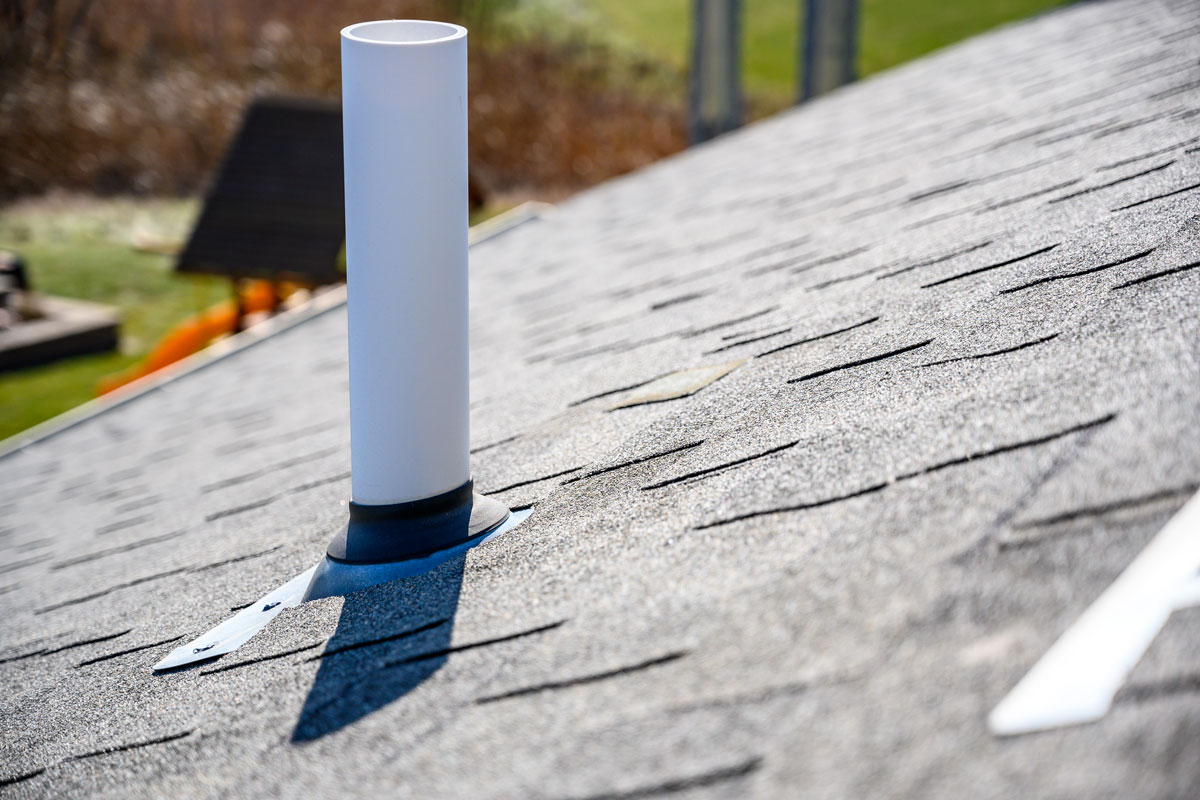
- Your toilet or drains are definitely draining very slowly if you have venting issues.
- If you hear gurgling coming from your plumbing, that is trapped air trying to get out of the vent via the blockage.
- You might smell foul sewer gas if your vent pipes are obstructed. That's because the vent pipes function to eliminate and prevent those odors from entering your home.
How To Unclog A Vent Pipe On The Roof?
When a vent pipe becomes clogged, problems can arise in a variety of ways. Leaves, branches, birds' nests, rodent remains, and other debris are just a few things that can clog your vent pipe.
To restore the function of your drains and pipes, follow the steps below to clear any clogs and buildups in your plumbing vent pipe.
1. Wear Appropriate PPE
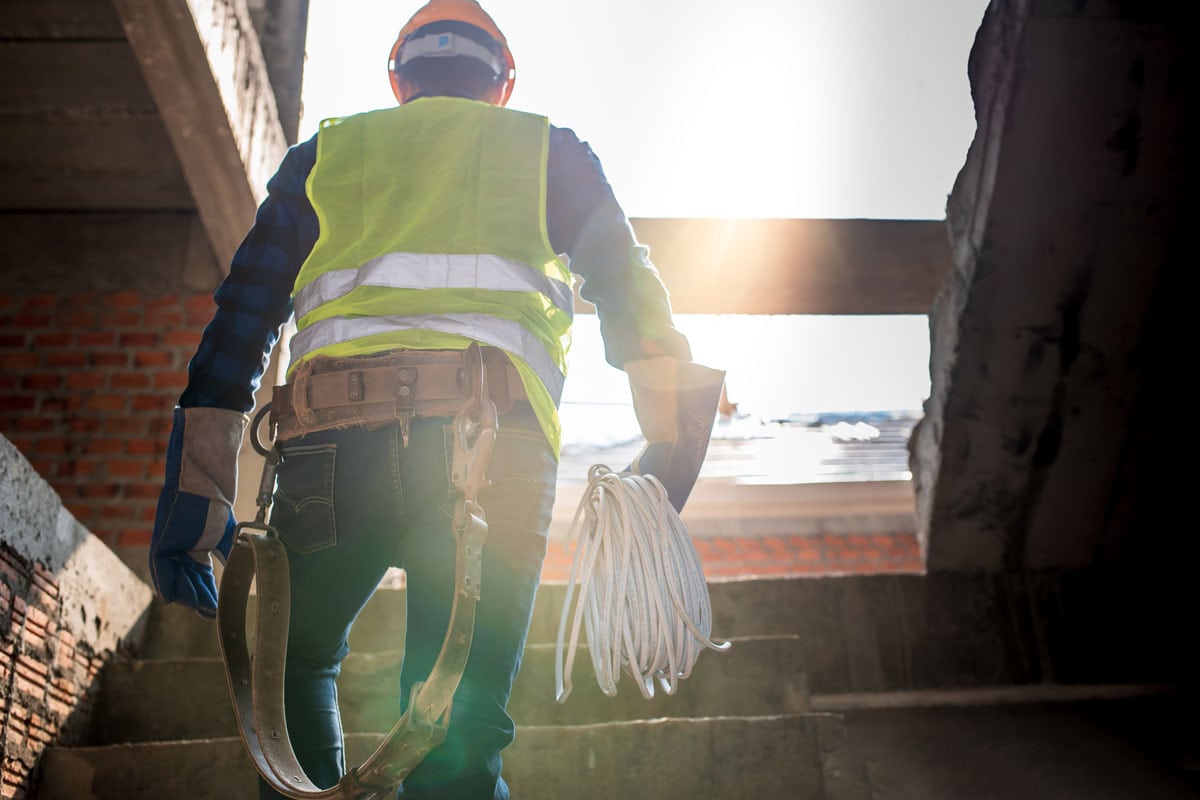
To keep yourself safe, you need proper PPE. Wear insulated gloves to safeguard you from the tools you are about to use, especially those electrical units that might shock you.
Check out this rubber gloves on Amazon.
Also, wear rubber-soled boots or shoes which are enough to grip the roof or prevent you from slipping.
Check out this rubber-soled boots on Amazon.
If possible, use a roof harness to ensure your safety.
Check out this safety harness on Amazon.
2. Get Yourself Up On The Roof Safely
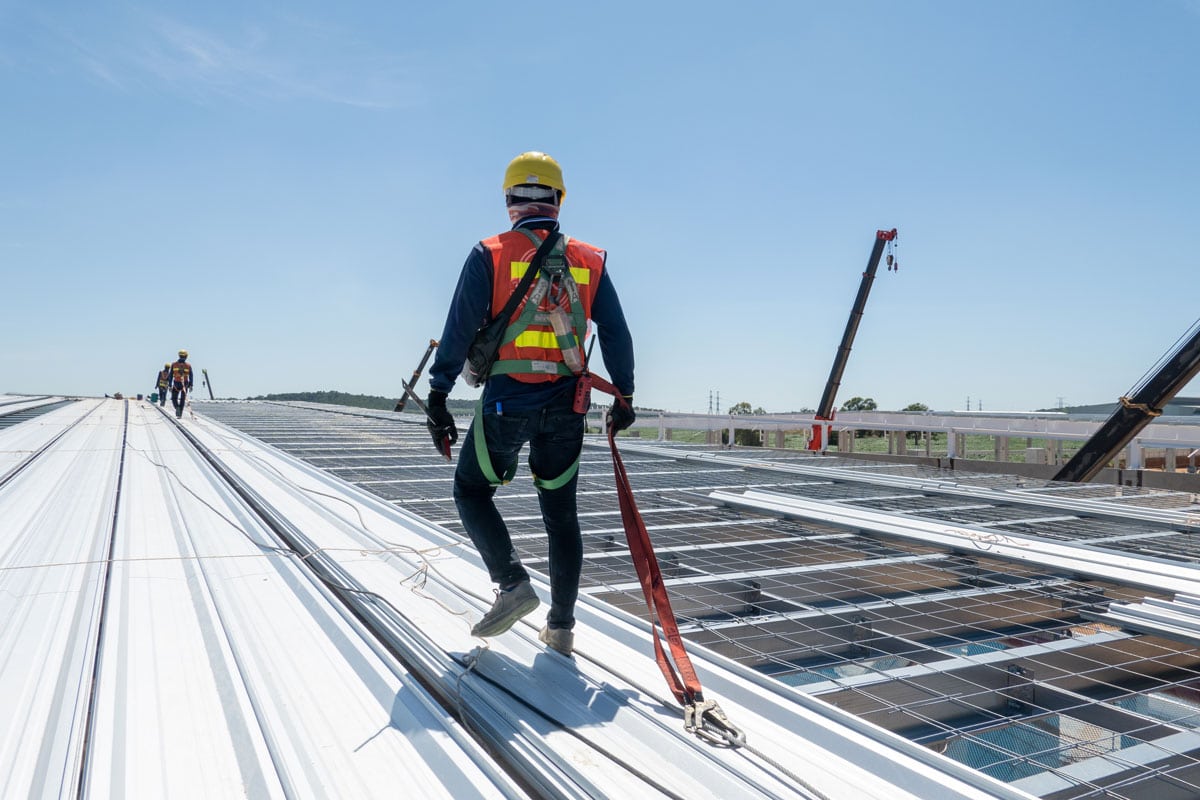
Set up a ladder to assist you in climbing to the roof. Make certain that the ladder is in good condition and its feet are firmly planted on the ground. Avoid working on wet or snow-covered roofs.
Check out this ladder on Amazon.
Before attempting any work at roof height, consider the accessibility and condition of the roof, the weather, and any other factors that may complicate the job. If you have no experience working on high ladders or are not comfortable with the project, do not try this approach.
3. Remove The Vent Pipe Cap (If Applicable)
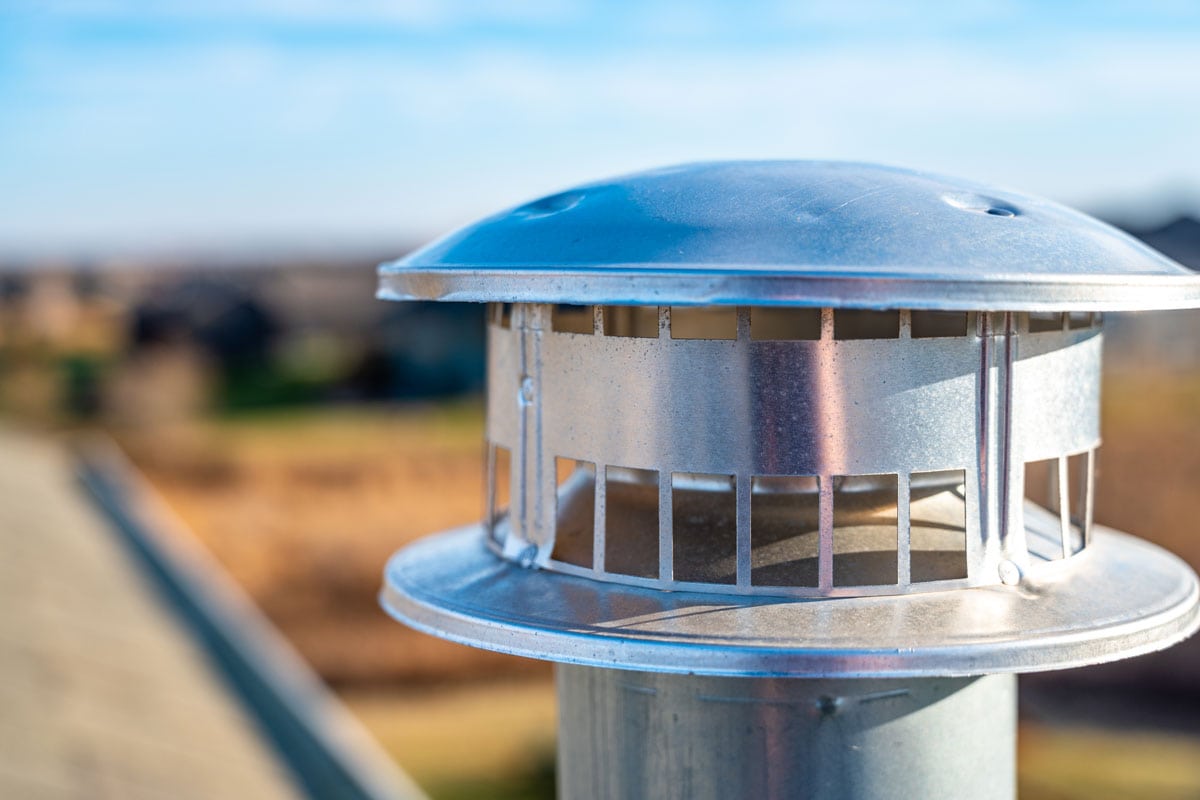
For a vent pipe with a cap, unscrew it using a screwdriver. If your vent pipe doesn't have any vent cap then proceed to the next step.
Check out this screwdriver on Amazon.
4. Locate The Clog

Examine the vent opening. Check for any debris or leaves that have accumulated inside. By removing these impediments, you can restore air circulation.
To easily find the clog, insert a "seesnake" camera or inspection camera inside the vent pipe. With this equipment, you can exceptionally view on its monitor what’s happening inside the pipe.
Check out this seesnake camera on Amazon.
5. Clear The Clog
If you already know where the clog is, there are a few pieces of equipment you can feed down the vent to clear it out, and they are as follows:
Garden Hose
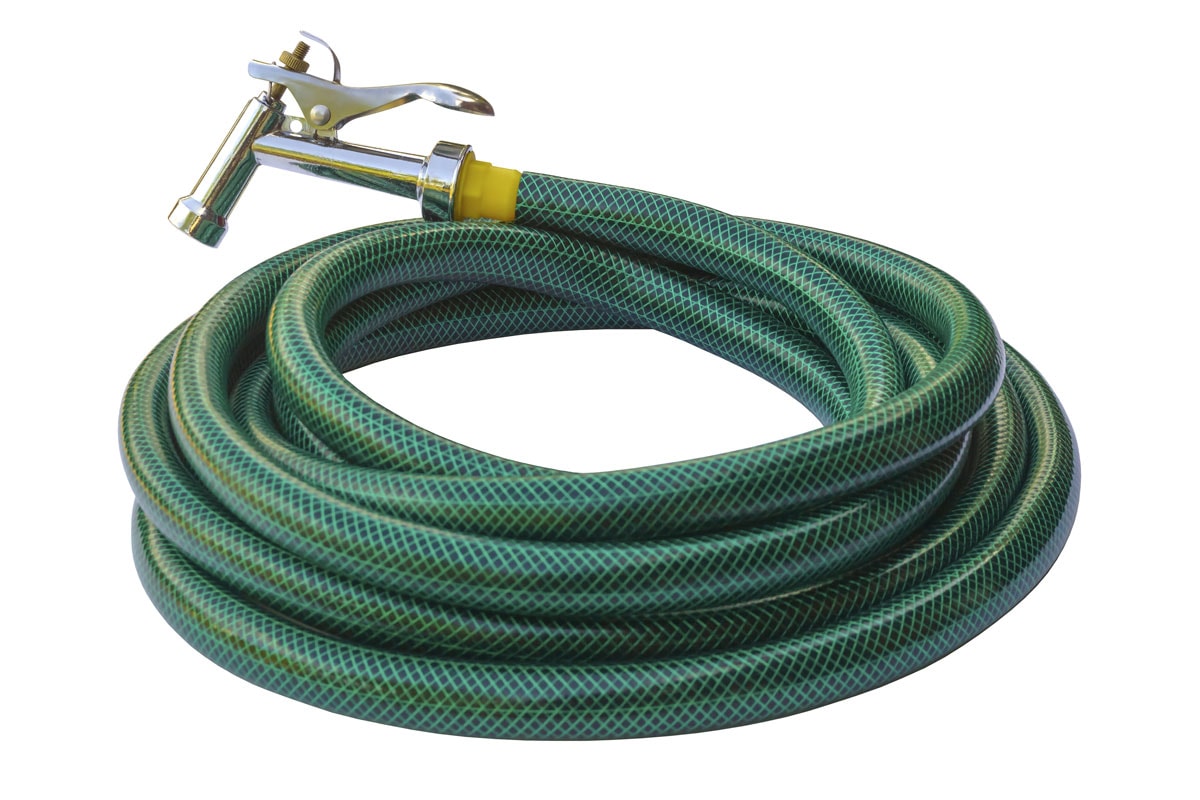
With the help of someone on the ground, turn on the tap to fill the hose with water. Then, set the hose setting into full or jet.
Check out this garden hose on Amazon.
Insert the hose into the vent opening and directly spray water if you notice any apparent obstruction. You might require a more forceful approach if this one didn't work to get the blockage released.
Handheld Drum Auger
First and foremost, when using this equipment, always read and follow the auger safety guidelines. To begin, loosen the thumb screw of the equipment.
Check out this handheld auger on Amazon.
Then manually extend its cleaning cable a short distance into the vent to look for an obstruction near the vent opening that you might be able to pull out.
Next, try to feed the auger’s full length through the vent stack to the main drain or until you reach any elbows and blockages. After that, tighten the screw and start rotating the drum’s handle or turning the knob clockwise.
Once you have fully inserted the drum auger, loosen the screw to retract the cable, then pull out the cable from the pipe. To clear most of the obstruction, take several tries.
Flat Sewer Rod
If a hand-held auger is unable to reach the obstruction, you can try a flat sewer rod with a disk-shaped tip, which can typically fit through a wider variety of diameters of elbows and transitions and is available in lengths of up to 100'.
Check out this flat sewer rod on Amazon.
It is easy to use, you only have to push it backward and forward through the pipe’s blockage many times until there is no longer any resistance which means that the blockage is removed.
Sewer Jetter
Use a sewer jetter to clear the obstruction if the vent is clogged with extremely tenacious debris. It has a unique, compact nozzle tip that can pass through almost as many pipe elbows and transitions. You only have to guide the sewer jetter through the vent pipe and squeeze the trigger.
Check out this sewer jetter on Amazon.
Since the jetter cannot travel through as many elbows and transitions as the handheld auger, you should only think about utilizing one to clean through to the main drain if the handheld auger had no trouble passing its whole length through the stack.
Using this, you need someone on the ground to assist you:
- in maintaining your proximity to the pressure washer,
- operating the trigger,
- feeding the sewage jetter hose up,
- and guiding the hose to prevent snagging it on flashing, gutters, and other things.
6. Check For A Cleared Line
To check, insert a garden hose down into the vent opening, then ask a helper on the ground to turn on the water. If these efforts to unclog a roof vent pipe were successful, water would begin to flow down the pipes. Below is a YouTube video that demonstrates these processes in clear detail.
How Do You Unclog A Vent Pipe Without Getting On The Roof?
The steps below will show you how to clear a clogged plumbing vent without climbing a ladder to the roof. Make sure you have tools close at hand before you begin, and similar to the first step above, you already have the necessary PPE for the work.
1. Determine The Location Of The Vent Pipe Inside Of Your House
You must first find the vent if climbing onto the roof is not something you wish to do. You can usually find the vent pipe above the kitchen or bathroom or simply in the attic. It is just a white polyvinyl chloride (PVC) pipe.
2. Cut The Pipe
Running the auger (known as a snake) up or down is the goal. You must remove a substantial portion of the pipe to accomplish this. To swiftly complete this, you should use a hacksaw. You can simply fix the vent pipe later, so don't worry.
Check out this hacksaw on Amazon.
3. Run The Auger
Run the auger downward inside the plumbing pipe now to locate the obstruction. Use the same procedure instructed above on how to use the hand-held drum auger, cranking the handle clockwise. In this manner, the cable can pass through the pipe and get to the obstruction.
However, if the clog is made of damp leaves or dead animals, it is above you. Run the auger upward in the situation. After removing the obstruction, you must turn the handle in the opposite direction to retract the cable.
4. Fix The Pipe
After removing the obstruction, it's time to fix the PVC pipe. To fix the section you cut, you can either use PVC couplings or rubber cement. But if you decide to use couplings, make sure that their diameter matches that of the vent pipe.
Check out this PVC coupling on Amazon.
As an alternative, you can scrape the pipe's ends to get rid of the burrs with a utility knife. After that, just adhere the pipe or PVC coupling's ends with PVC adhesive. You can easily re-fit this vent by shifting it up or down because it is secured to the roof by a flexible rubber gasket.
Check out this utility knife on Amazon.
Check out this PVC adhesive on Amazon.
How Much Does It Cost To Clean A Plumbing Vent?
If you hire a plumber, they will climb up onto the roof to clean the plumbing vent. They can also test the system to make sure the venting is operating properly and, if necessary, perform additional vent system repairs.
It can be quite expensive to snake a roof vent. You're paying a professional to visit with all of their equipment and climb on your roof. It could cost more than $100 to have the vent stack cleared, depending on the severity of your obstruction.
Conclusion
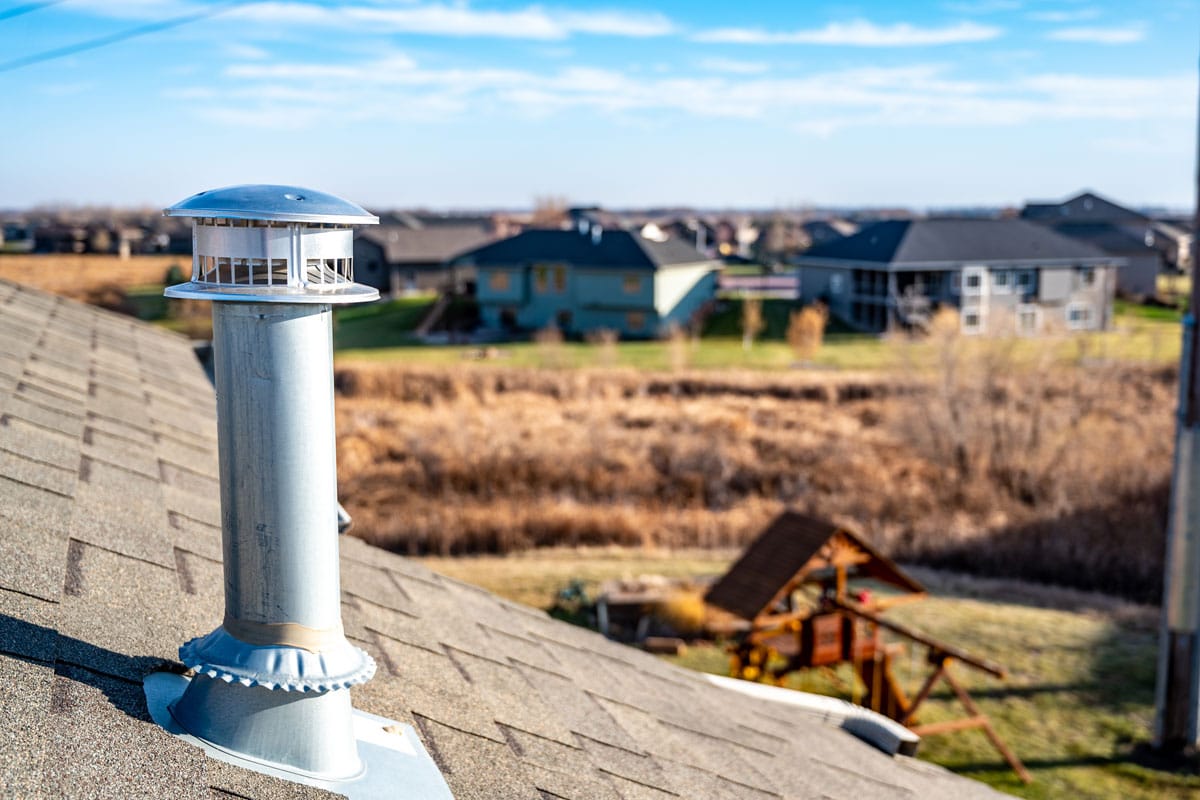
If you've never done this before or you are uncertain where the issue or clog is, it's always best to leave it to a professional plumber. They can protect you from injury and ensure a clean job.
Check out some interesting articles below.














